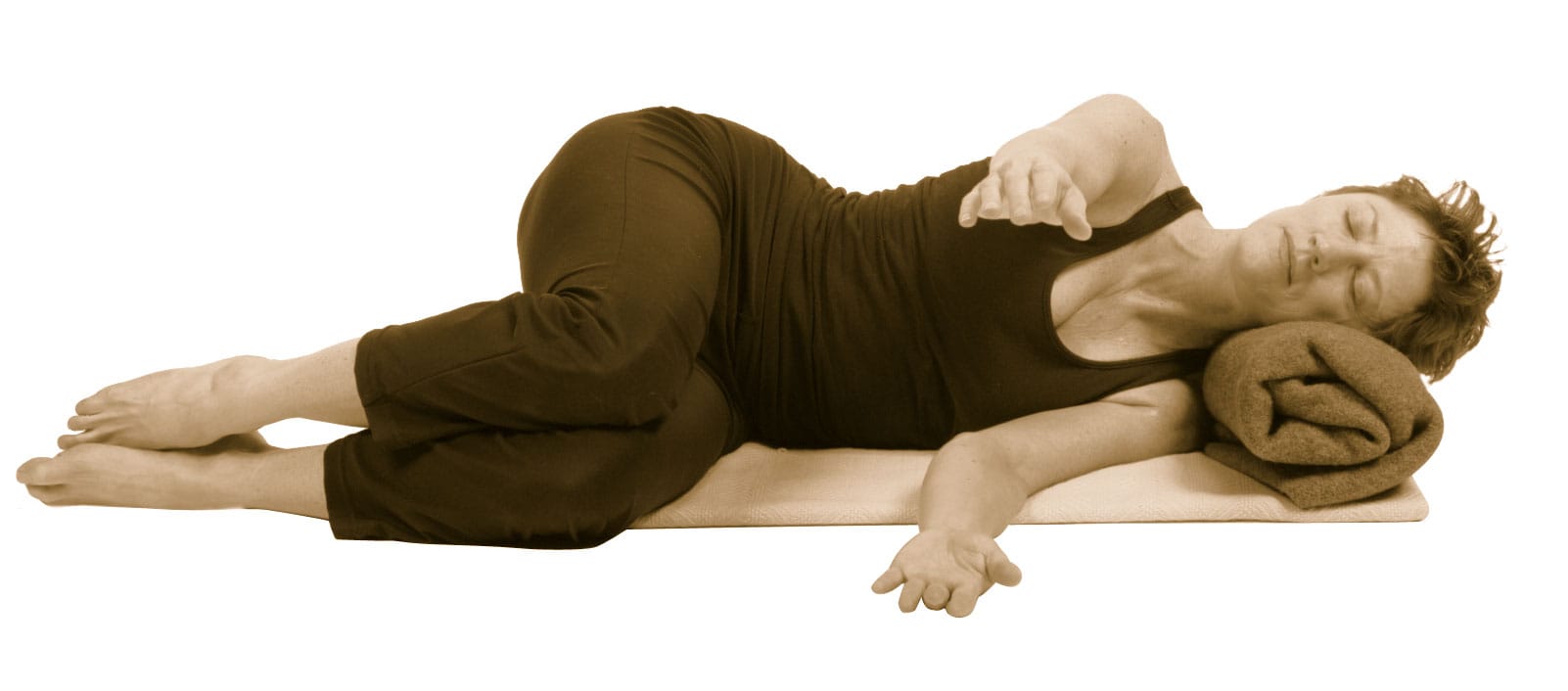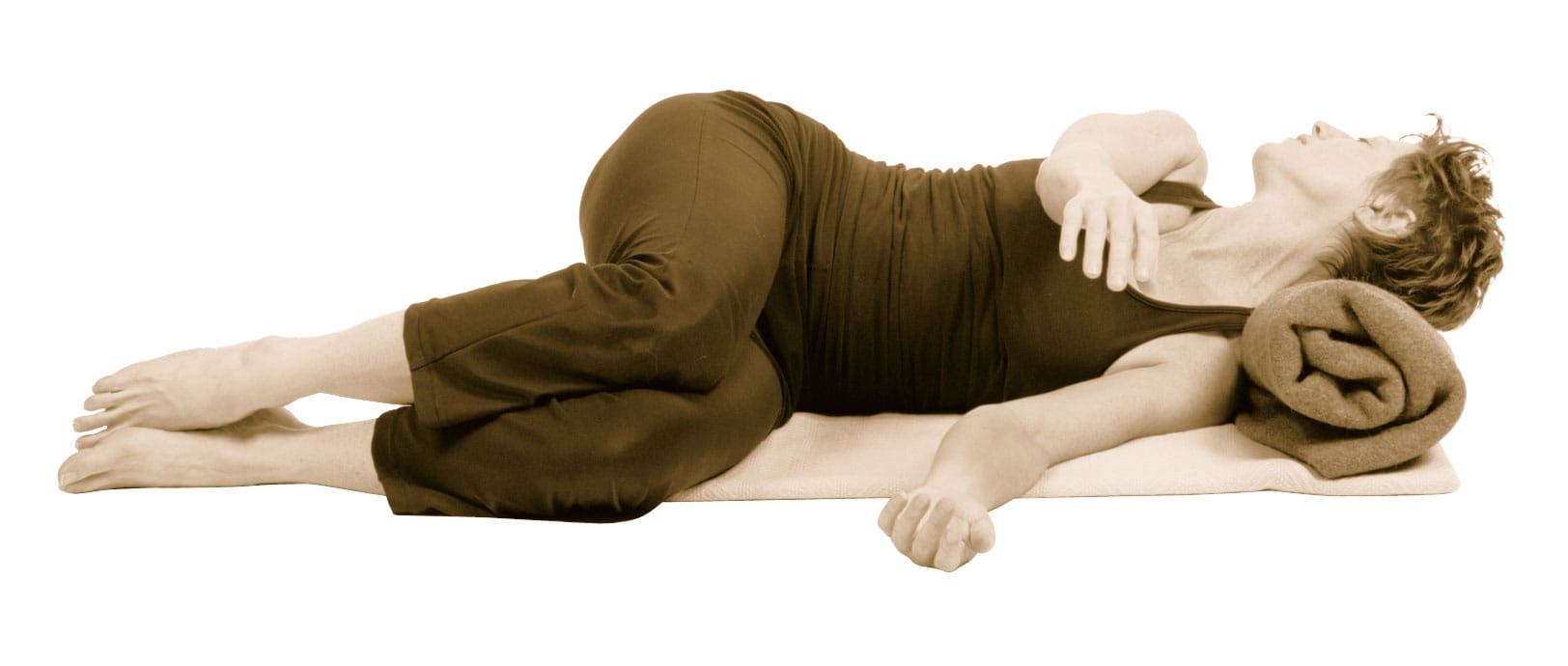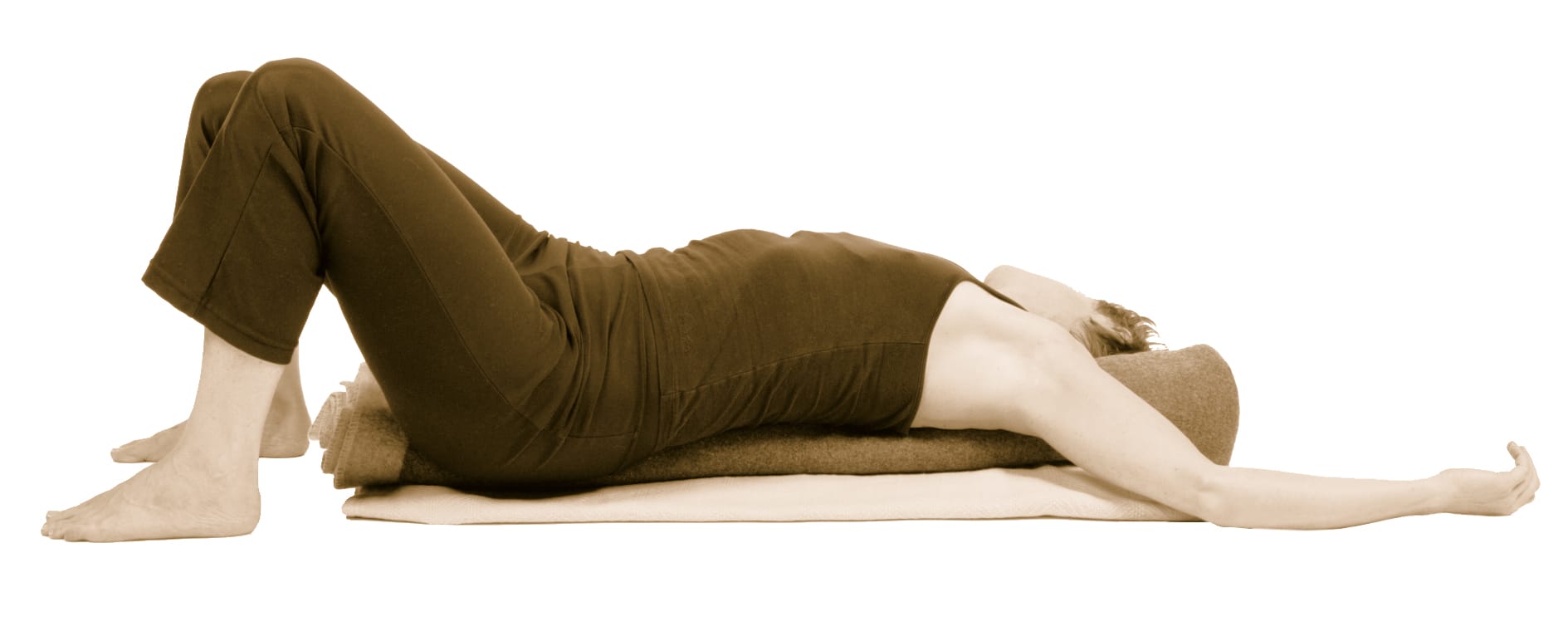Soma defined
“Soma” is the word Somatics pioneer, Thomas Hanna coined during the 1970’s to designate “the body perceived from within.” It describes a human as Soma: a unified brain-body, an integrated system of perceiver and perceived. It eliminates the artificial separation between mind and body, defining us by the sensory- motor circuitry which allows us to sense and respond.
A soma is a self regulating process, not an object
A soma is a self regulating process, not an object
The felt sense
When you retract your hand immediately from an iron you didn’t know was hot, when you right yourself after miss-stepping a stair you didn’t know was there, when you blink automatically to prevent an insect from colliding with your eye, you are utilizing your felt sense. It is the sensory-motor circuitry of your nervous system which makes possible this elegant capacity to sense and respond to your environment. Your ability to respond from a multiplicity of choices is not only what keeps you from harm, but also makes the difference between life as repetitive drudgery and
life as a continuous creative process.
life as a continuous creative process.
Habit
Habits are behaviors that we repeat so frequently that they become involuntary, like automatically engaging the emergency brake when we park. Sometimes voluntary responses, whether adaptive (limping with a sprained ankle) or functional (cradling the phone on your shoulder) can become hardwired within the nervous system. Then we can’t stop those behaviors even if we want to; we favor the ankle in our gait long after it has healed, we hold one shoulder high even though we are no longer cradling the phone. When our responses become habituated, they are out of our control much like the reflexes that mediate our biological functions. (Try not to blink when someone flashes their hand in front of your eye and you will understand the meaning of a reflex.) The patterning of our responses leaves little choice in how we hold ourselves or move, leading to chronic tension, injury and pain. As we become stuck in our responses we suffer diminished function.
This makes choosing well for ourselves seem out of our reach.
Function determines form
Rather than addressing the form, (kneading the tightly held shoulder) somatic education works directly with the functioning of our sensory-motor processes. By engaging in sensory-motor learning (moving the tight shoulder in unique patterns without purpose, incrementally and at odd angles) we become somatic pioneers. We enter deeply into the process of sensing and moving within the landscape of our own body. We create new sensation with our movements, a soft whisper that is outside the ordinary. A new felt response can occur, something that is beyond our habitual repertoire, something different than holding that telephone shoulder near our ear until it has to spasm to get our attention.
Movement becomes a message, something to inform us of a broader range of responses than those to which we have become unwitting slaves.
Movement becomes a message, something to inform us of a broader range of responses than those to which we have become unwitting slaves.
Meeting oneself
When engaging in this purest of processes, (moving and sensing) one encounters unexpected pleasures. What first becomes apparent is that our ability to know ourselves has not been lost. In the realm of sensation, we become experts about our own bodies. The nuance of a subtly arcing shoulder or a gently rocking pelvis is not beyond us, but rather is an invitation to a delicious process of discovery. We are capable of participating with ourselves at a profound and nourishing level using the simple language of movement and sensation. We are literally touched by our own sensory-motor faculties.
We come home, returning to a sense of ourselves as our own best ally.
We come home, returning to a sense of ourselves as our own best ally.
Proudly powered by Weebly




